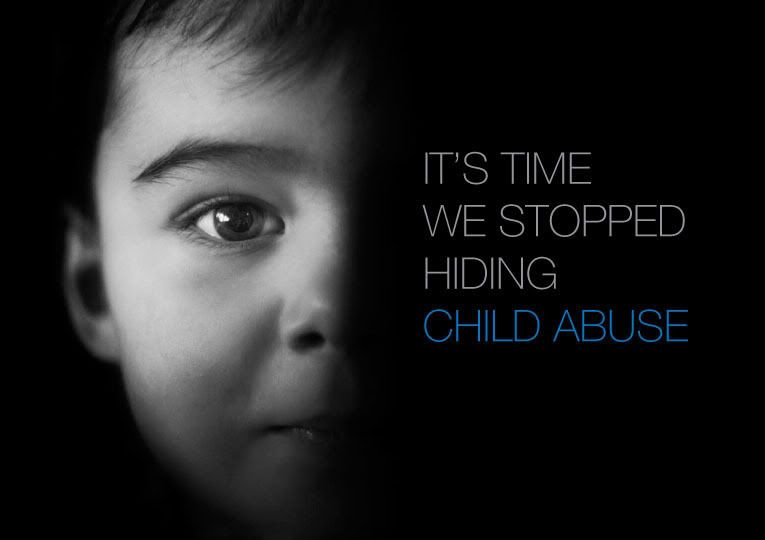Paul Virilio, in his book, Open Sky, begins to map out the ways in which our social cities are changing, the way out accidents and our needs and wants are changing due to the new technologies that constantly crop up into place. He begins by speaking about speed in this new age, speed that is perpetuated by the technologies of the internet, the cellular telephones. We are “telepresent, here and elsewhere, at the same time, in this so-called ‘real time’ which is, however, nothing but a kind of real space-time” (10). We are alone, but together, and the speed of the new present has all but removed the here of the localized accident, the local city.
Virilio’s comments about speed and the new telecity seem to be a forerunner to Turkle’s ideas in Alone Together. The new speed of this world allows us to “see, to hear, to perceive and thus conceive the present world more intensely” (12), however, at the same time, we are present to everyone, we are “live” but we are alone. As Virilio says, “reality seems to apologize for having a relief, any kind of thickness” (26). He goes on to speak about cyberparks and cyber romances, activities which happen apart and separate from the world, in this telecity that allows us to be alone, even if we are together. But, this idea of the relief, in art, is one that does indeed present depth. It allows for a 3D atmosphere in a piece of art, an outcropping which is messy, thick. In this new telecity we want to see things flatly, it seems, to absorb them, to go through them—to have them as nothing more than doors.
Perhaps one of the most important aspects of Virilio’s book is of the accident. He first claims that the “substance cannot exist without any accident” (17), a concept which implies that the technologies create the accidents. So, for instance, you cannot have a car crash without the car. In the case of the new general accident, this general accident that removes things from the local, would not exist without the technology of the internet (to name one source). In cyberspace, the “accident is no longer a local accident….but a general accident which globally undermines all ‘presence’ and promotes a ‘telepresence’ without consistency, and more particularly, without a true spatial position, since the remote interaction of a being at once absent and acting redefines the very notion of being there” (131). The internet becomes a sort of way for us to witness the accident collectively, but it also, it seems, allows for us to mourn solitarily as well. We are together in this metacity, experiencing the world in low relief, or, even, no relief. This cyberspace allows for us an “illusory and artificial space, an easy way out of people’s inability to deal with each other responsibly” (118).
But what, Virilio wonders, if we do not want this constant on state of the metacity? What if we want a “freedom of perception” (96), the ability to lower the “intensity of the transmission of appearances” (96)? We see it constantly—the never ending bombardment of images, sounds, intensity. It reminded me of an article I read that was shocked over a bride and groom’s request that no one has their camera phones with them at the wedding ceremony. The same way Virilio says that we have a freedom to noise (ie music cannot be above a certain level in public, etc), we deserve a right to freedom from perception. We can see, accept, but it is what we choose to question that marks us as conscientious observers. Our skyline of sight has broadened because of these new technologies and we can now see beyond our horizon, see into a general city, the metacity, cyberspace (90),
The technologies which allow all of these clearer perceptions, these alone but together moments also suffer the accident of inactivity. Virilio posits this as the “law of least action” (55). We, if given the choice, would choose the option that warranted the least amount of movement or action. So, for instance, if we had the choice between the stairs or the elevator—we would choose the elevator. In the cybernetic aspect of this, when given the choice between texting somebody or making a phone call, the text message allows for us to complete the task with less effort.
The final item I want to touch upon, the final thing that interested me with Virilio, is his rumination on the freeze frame. We no longer have photography, where we can capture a moment in time. Instead, we have freeze frames (89). These freeze frames are snippets of our lives, as if we had pressed pause on a video, and we are forced to see everything. Nothing can be taken as a photograph and held up as itself for examination. Instead, it is always part of what comes before and what follows. In order for us to see, today, we have to accept that there is nothing that can be not seen.
Questions:
Virilio speaks aout the “scale of space and the lengths of time of the life-size” (59) in such as way that it makes it seem as though we forget that we live in a “life size” world. Do we only see things in miniature? Is life presented to us on a smaller scale?
In a telecity is geography truly dead? Once we move away from the “real” local city and find ourselves in a telecity, do we move away from the idea of geography?
Does this book by Virilio create more questions regarding the MEmorial or does it answer your questions?














